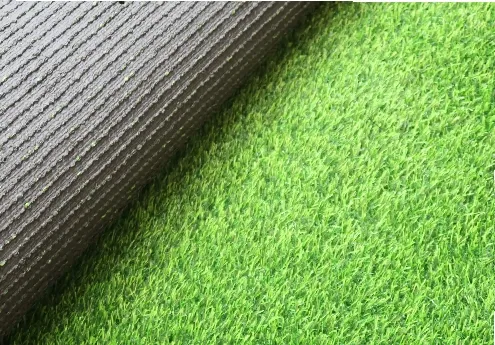
- Afrikaans
- Arabic
- Belarusian
- Bengali
- Czech
- Danish
- Dutch
- English
- Esperanto
- Estonian
- Finnish
- French
- German
- Greek
- Hindi
- Hungarian
- Icelandic
- Indonesian
- irish
- Italian
- Japanese
- kazakh
- Rwandese
- Korean
- Kyrgyz
- Lao
- Latin
- Latvian
- Malay
- Mongolian
- Myanmar
- Norwegian
- Persian
- Polish
- Portuguese
- Romanian
- Russian
- Serbian
- Spanish
- Swedish
- Tagalog
- Tajik
- Thai
- Turkish
- Turkmen
- Ukrainian
- Urdu
- Uighur
- Uzbek
- Vietnamese
Benefits of Using Artificial Turf for Soccer Fields and Training Grounds
Dec . 09, 2024 17:20 Back to list
The Rise of Artificial Grass for Soccer A Game-Changer for the Sport
In recent years, artificial grass has emerged as a popular alternative to natural turf in the world of soccer. As the demand for quality playing fields increases, especially in urban areas where space is limited, synthetic surfaces have become a viable solution. This article explores the benefits, challenges, and future of artificial grass in the soccer community.
Benefits of Artificial Grass
One of the primary advantages of artificial grass is its durability. Natural grass requires considerable maintenance, including mowing, watering, and fertilizing. In contrast, artificial turf is designed to withstand heavy foot traffic and adverse weather conditions without losing its functionality. This resilience allows for year-round play, regardless of the climate, which is particularly beneficial in regions with harsh winters or prolonged dry spells.
Moreover, artificial grass provides a consistent playing surface. Players can expect reliable performance regardless of weather conditions, reducing the risk of injury that can arise from uneven natural turf or muddy fields. This consistency can also enhance game quality, as bouncing and ball rolls behave more predictably than on traditional grass, allowing for a more dynamic game.
Another significant benefit is the environmental advantage associated with synthetic turf. Natural lawns require copious amounts of water, pesticides, and fertilizers, which can have detrimental effects on local ecosystems. Artificial grass eliminates these needs, conserving water and reducing chemical runoff into nearby water sources. As sustainability becomes increasingly crucial in today’s world, artificial grass presents a more eco-friendly solution for soccer fields.
Challenges and Criticisms
artificial grass for soccer

Despite the many benefits, artificial grass is not without its challenges. One of the most significant criticisms revolves around the potential health risks associated with synthetic materials. Concerns have been raised about the safety of the infill used in many artificial fields, which is often made from recycled rubber. Although research has not definitively proven a causal relationship between synthetic turf and health issues, the topic remains a point of contention among players, parents, and officials.
Another challenge is the initial installation cost, which can be significantly higher than laying natural grass. While long-term savings on maintenance may offset this investment, the upfront costs can be a barrier for many clubs, particularly those operating on tight budgets.
Additionally, the aesthetic appeal of natural grass is hard to replicate. For many players and fans, the sight and smell of natural grass evoke a sense of nostalgia and connection to the sport. While advancements in artificial turf technology have improved the appearance of synthetic fields, some purists argue that nothing compares to the experience of playing on natural grass.
The Future of Artificial Grass in Soccer
As technology continues to advance, the future of artificial grass looks promising. Innovations in material science may lead to safer, more environmentally friendly alternatives, addressing the health concerns surrounding synthetic fields. Furthermore, as more clubs adopt artificial grass, it is likely that the stigma associated with synthetic surfaces will diminish as players and fans experience improved conditions and performance.
In conclusion, artificial grass has undoubtedly transformed the landscape of soccer. Its benefits, including durability, consistent performance, and environmental sustainability, make it an attractive option for clubs looking to maintain quality playing surfaces. As the sport continues to evolve, embracing innovations like artificial grass will play a crucial role in ensuring that the beautiful game remains accessible and enjoyable for future generations.
-
The Benefits of Artificial Turf for Indoors
NewsJul.15,2025
-
How Artificial Grass Suppliers Ensure Quality Products
NewsJul.15,2025
-
Artificial Grass and Pets: A Space for Relaxation
NewsJul.08,2025
-
Balcony & Outdoor Decoration with Artificial Grass
NewsJul.08,2025
-
Best Indoor Artificial Grass for Home
NewsJul.07,2025
-
Best Pet Turf for Dogs: Safe & Durable Artificial Grass Options
NewsJul.07,2025
Products categories









